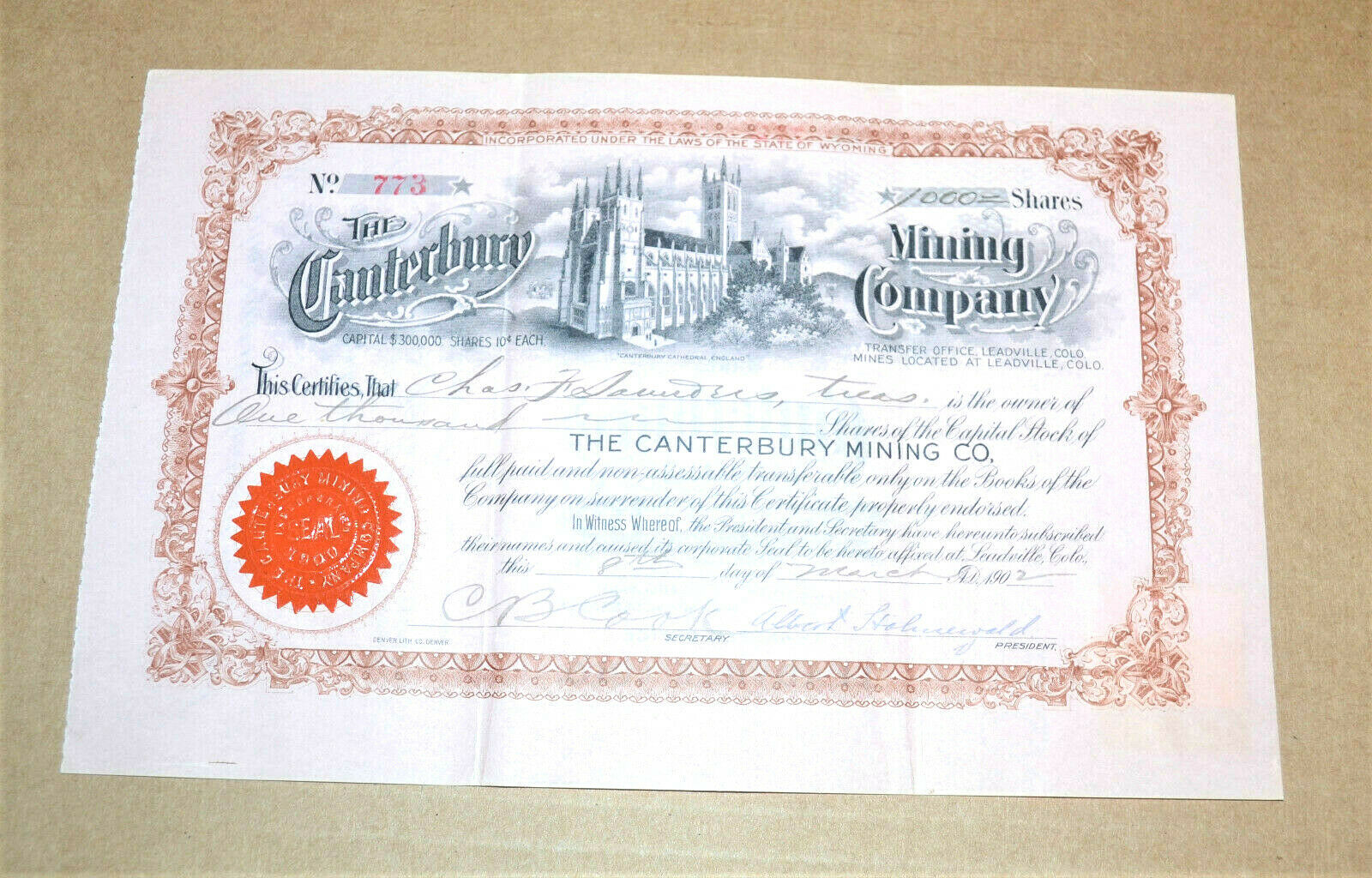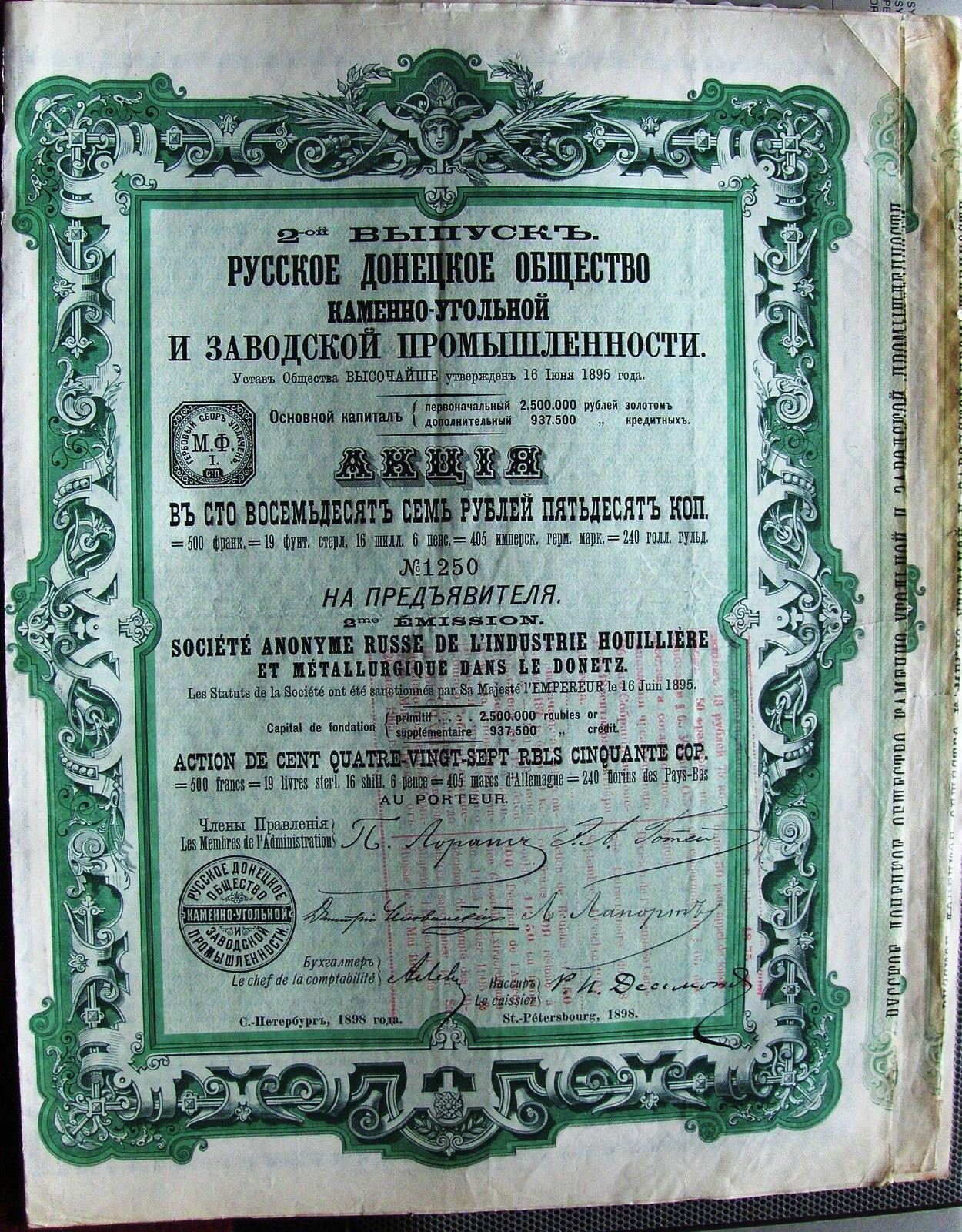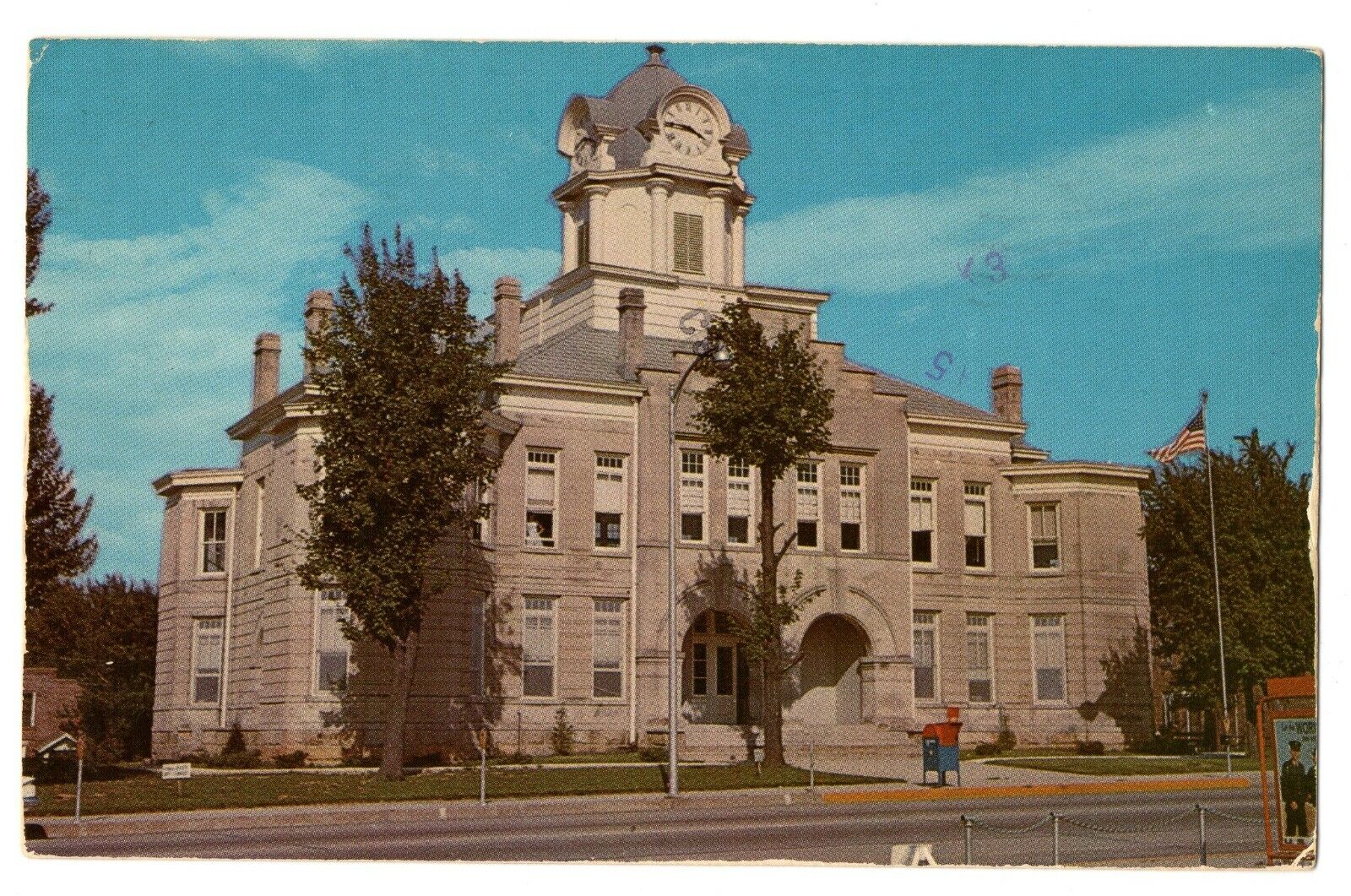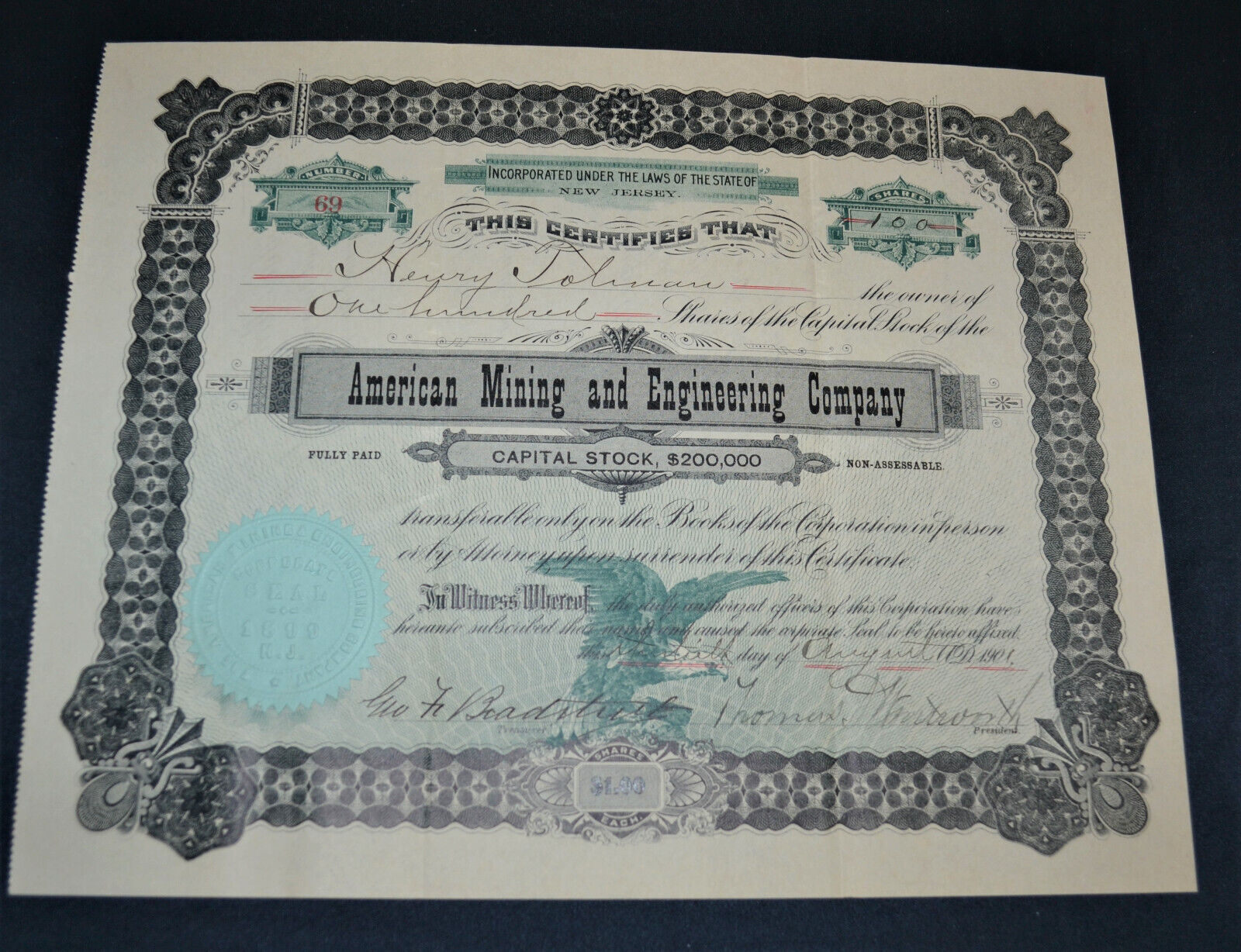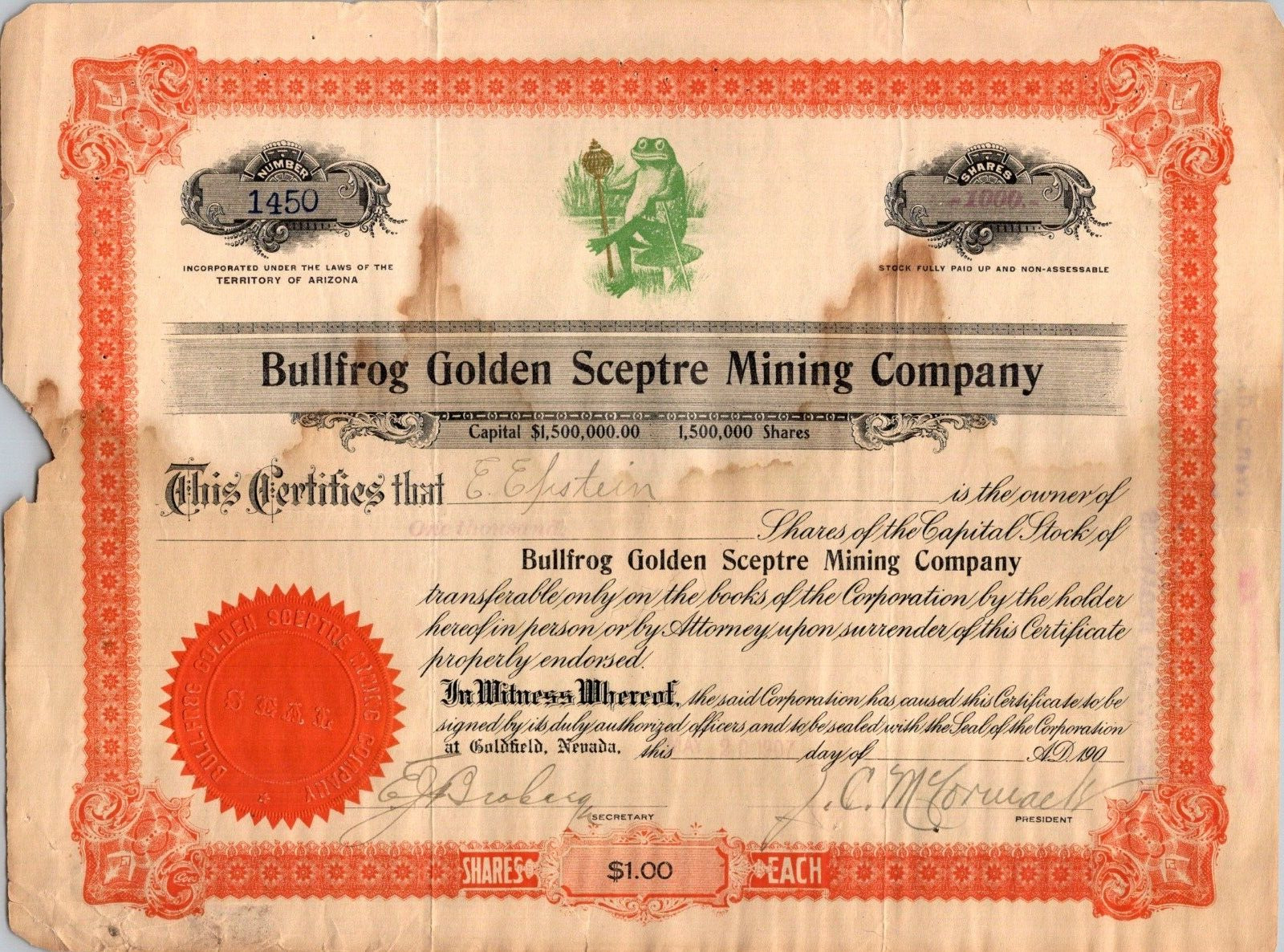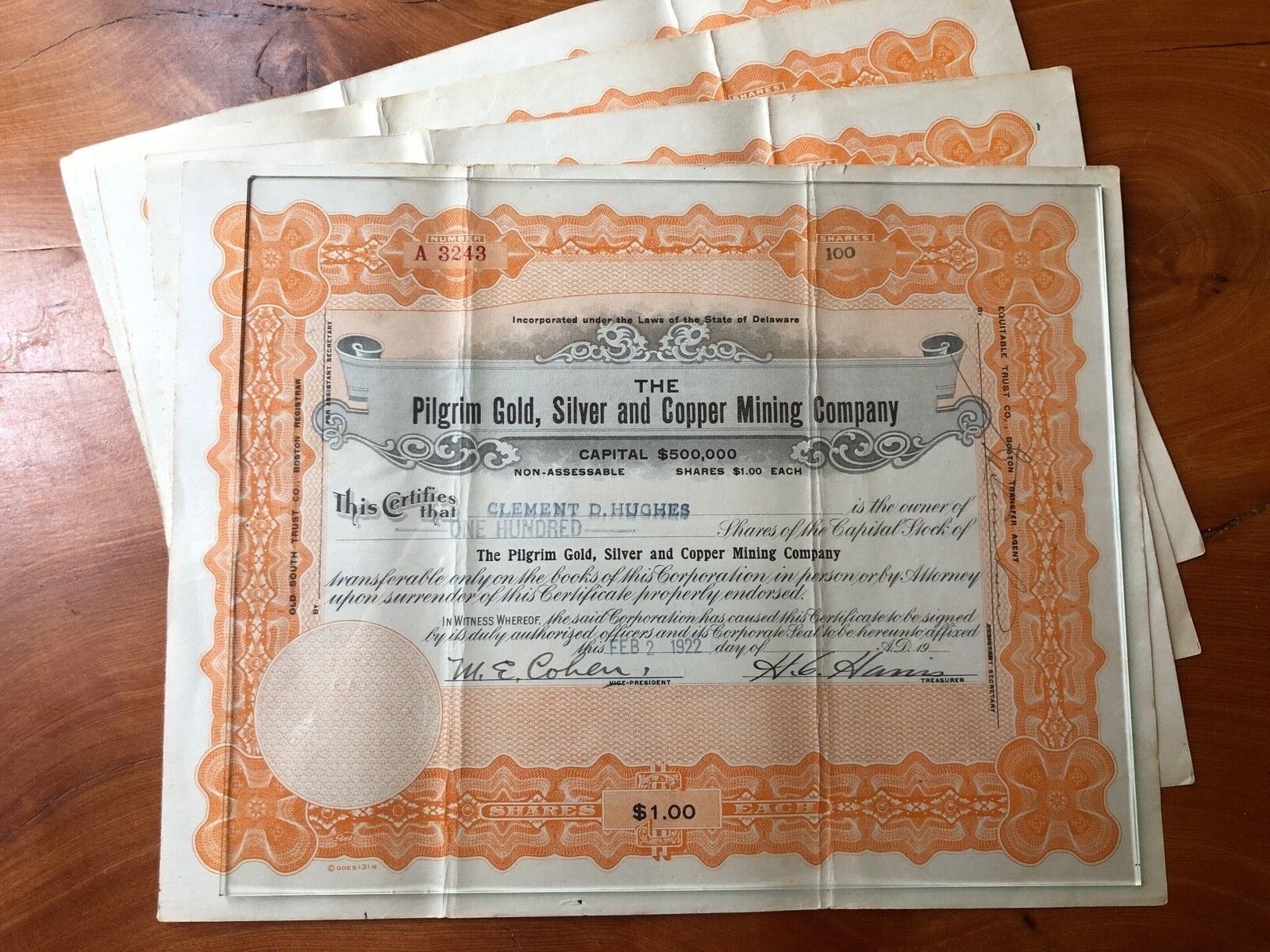-40%
Stormont Mining of Utah 1885 Two cherubs with silver dollars Wm S Clark company
$ 46.92
- Description
- Size Guide
Description
Stormont Mining of UtahDated 1885
Two cherubs with silver dollars
A William S. Clark company
Clark decided to depart from academia and teamed up with John R. Bothwell in 1880 to form the Clark & Bothwell mining company. For Clark, mining was a logical extension of his background in chemistry and geology.
Exactly how Clark became associated with Bothwell, a man of questionable character who had been cashiered from the U.S. Army for fraud, is unknown.
As an academic, Clark was ill-prepared for a financial career. This, coupled with Bothwell's disreputable history, would result in a short life for the firm.
The firm of Clark & Bothwell opened for business on March 10, 1881, with offices at the corner of Nassau and Wall Street in New York City. The first mine in which the company became invested was the Starr-Grove silver mine, just south of present-day Battle Mountain, Nevada.
By the end of 1881 the company, with Clark as President, was involved in seven silver mines, predominantly in Utah
and California. Although focused on the American West, the company had far-reaching interests spreading from Mexico to Nova Scotia. The Satemo Mining Company of Tangier, Nova Scotia (named by Clark after a Japanese word which, according to his translation, meant "all right") became a subsidiary of Clark & Bothwell in the summer of 1881. The company was among the first involved in the Nova Scotia gold rush of that period.
The first sign of serious trouble for the company came in March 1882 when the Starr-Grove mine shut down due to lack of profit and increasing debt. The stock values of Clark & Bothwell's various mines immediately plunged and were soon unsaleable. The first of what was to be several lawsuits for investment money lost was brought in April 1882.
The most damaging development came when one of the subsidiaries, the Stormont Mining Company, sued Clark & Bothwell for funds withheld from Stormont. It soon became apparent that Bothwell, as Treasurer, had mismanaged affairs at the company's New York office resulting in the firm's collapse. By May 1882, Bothwell was en route to San Francisco and was never heard from again.
The scandal was national news and the resulting lawsuits played out in New York and New England newspapers. [Source: Wikipedia]

